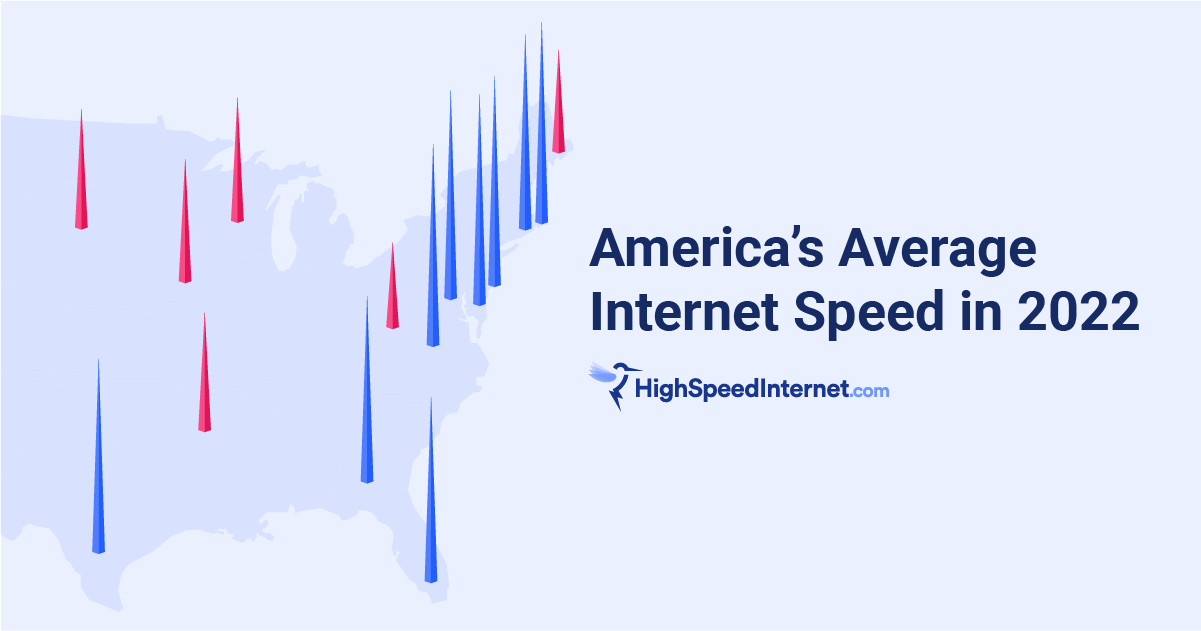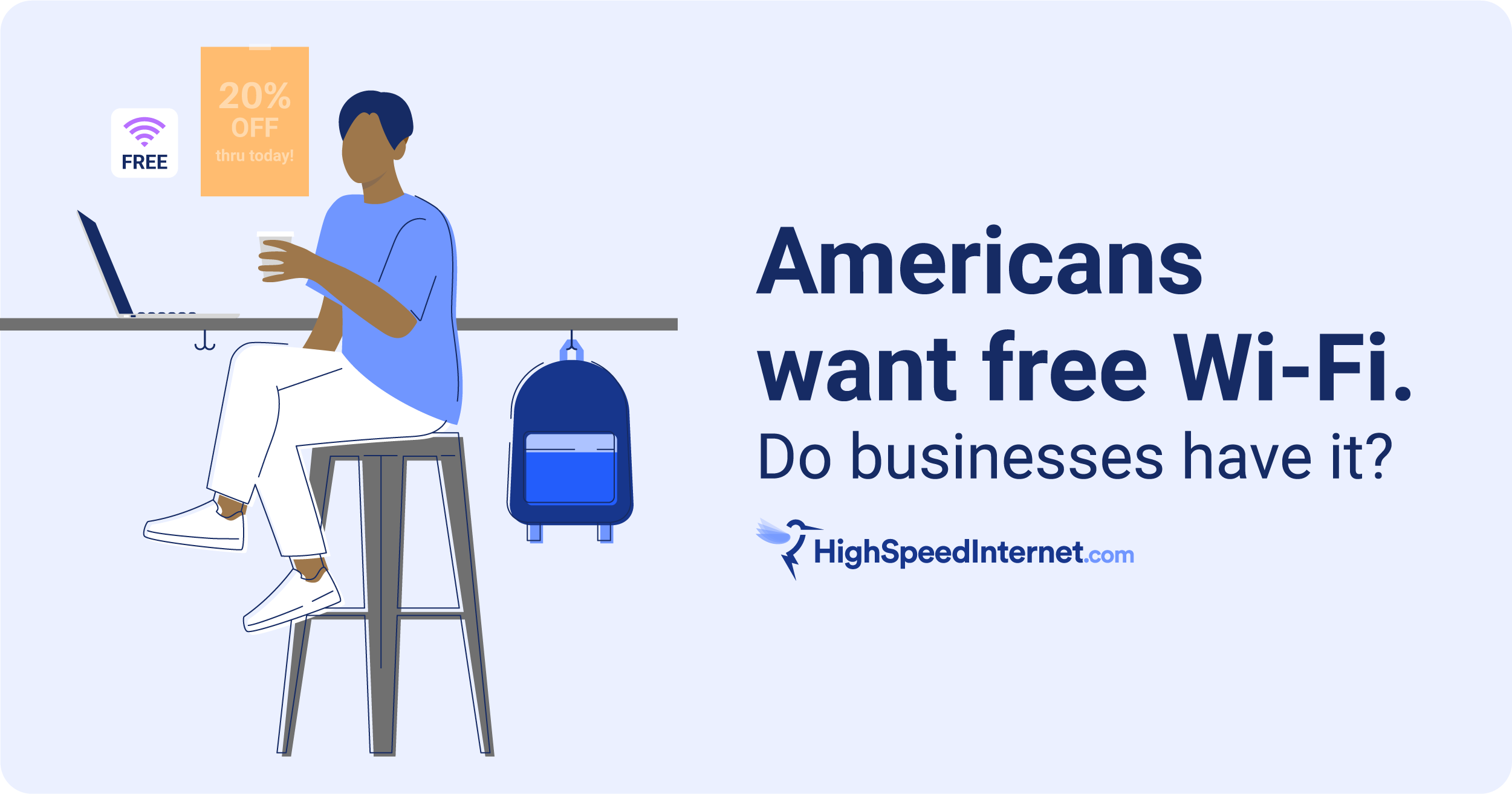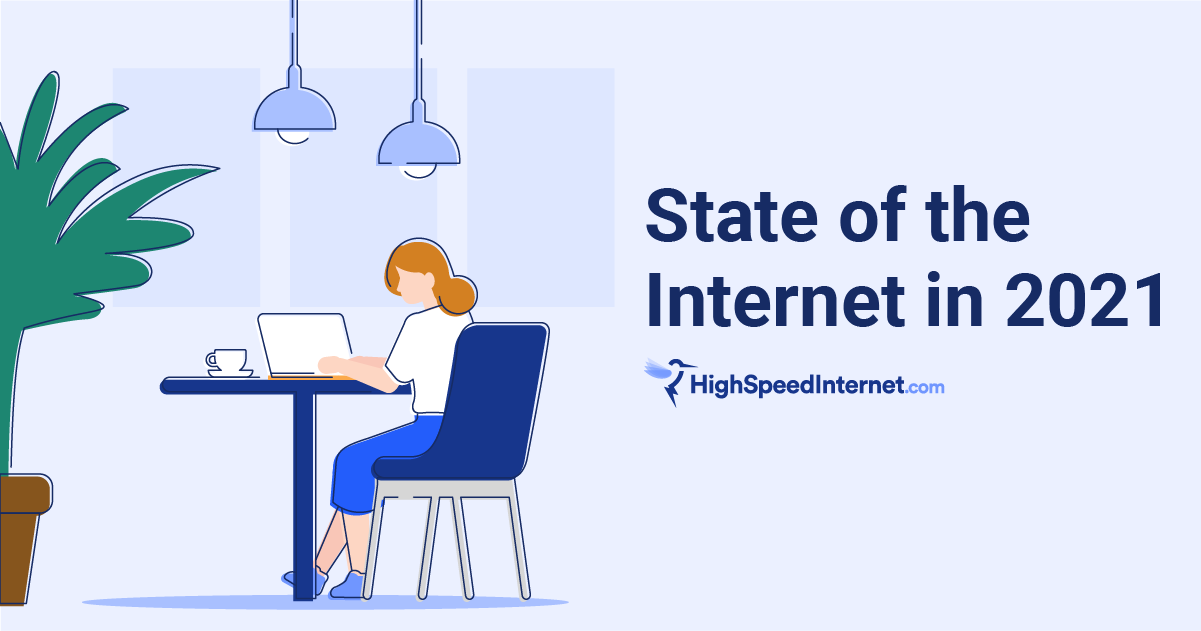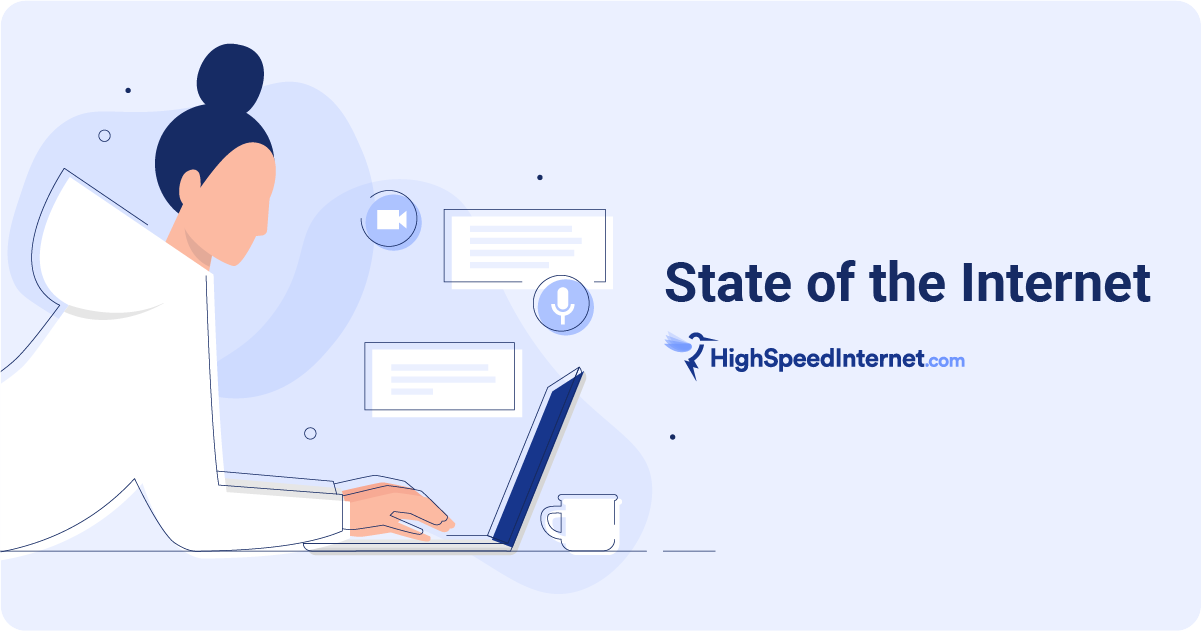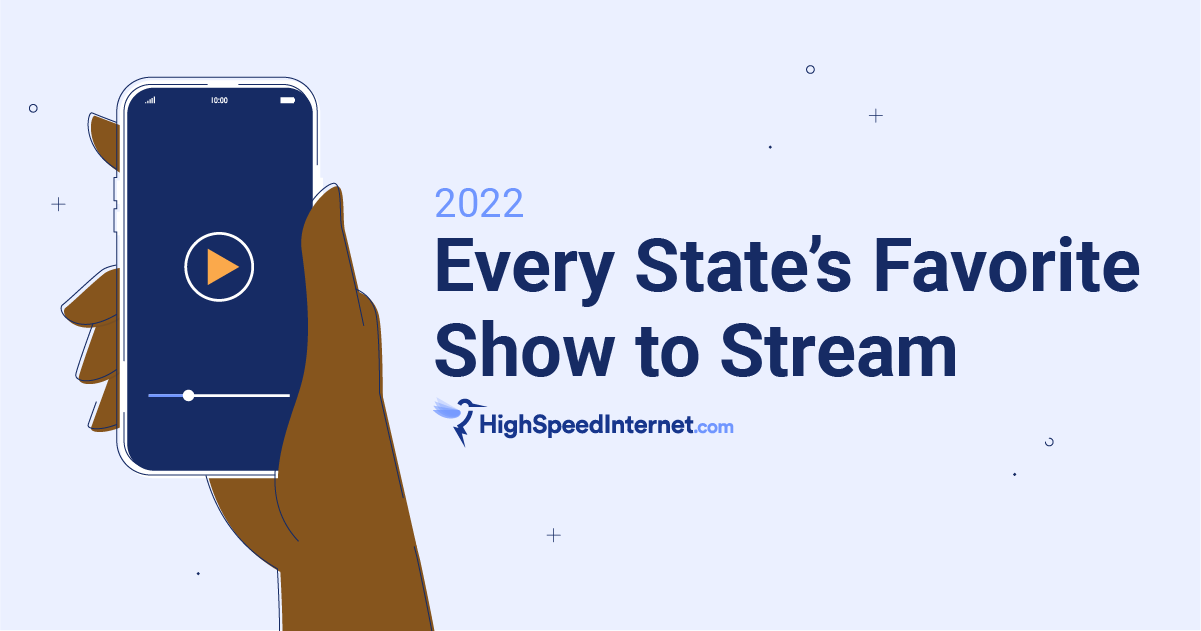2022 Public Wi-Fi Statistics: How do we use it and is it safe?
Almost half of Americans use public Wi-Fi regularly
Aug 1, 2022 | Share
Industry Exclusive/Entertainment
In the US, 47% of people say they use public Wi-Fi regularly. And that’s no surprise, as Americans continue to work remotely, attend school online, and save their cellular data while they’re out and about.
We surveyed 1,000 Americans aged 18 or older about their public Wi-Fi habits and analyzed our findings to give you a full breakdown of public Wi-Fi use in 2022.
What is public Wi-Fi?
Public Wi-Fi is available at a variety of public places like libraries and restaurants. It works in a similar way to the internet connection you have at home. A “hotspot” transmits internet signals you can connect to with your devices. The biggest benefit? You can connect to these networks and gain the ability to use the internet for free while you’re away from home.
As it turns out, consumers really value having access to public Wi-Fi networks, especially in their post-pandemic lifestyles. When asked how free Wi-Fi at a business affects their patronage at that business, 76% say they’re more likely to support a business that offers free public Wi-Fi. And providing free Wi-Fi is more important than ever, with 35% saying they use public Wi-Fi more now than they did before the pandemic.
Why do people use public Wi-Fi in 2022?
As mentioned earlier, the main draw of public Wi-Fi is that it allows you to access the internet for free. But what exactly are people using public Wi-Fi for?
- 47% use public Wi-Fi to cut down on cellular data usage while they’re away from home.
- 18% use public Wi-Fi to work remotely.
- 15% use public Wi-Fi to stream online content.
- 11% only use public Wi-Fi as a last resort, when they don’t have a cellular connection, or not at all.
- 8% use public Wi-Fi because it’s better than the Wi-Fi they have available at home.
While there are a lot of ways to use public Wi-Fi, it seems like most people connect to avoid using up precious cell phone data. Others like to get connected so they can entertain themselves with online content or get some work done. A few only connect to public Wi-Fi as a last resort, or not at all.
Connecting to free Wi-Fi in public
Public Wi-Fi is available in a variety of places. When it comes to the most popular public Wi-Fi spots, the clear winners are cafes, restaurants, and fast food joints.
- 53% have connected at a cafe or restaurant.
- 50% have connected at a fast food joint.
- 47% have connected at a library.
- 32% have connected at some type of store.
- 22% have connected at a school.
- 22% have connected to a downtown or city network.
- 20% have connected at a park.
- 17% have connected from public transportation.
Some other places people say they’ve connected to a public Wi-Fi network are medical facilities and stadiums (think concerts and sporting events). When it comes to connecting to public Wi-Fi, convenience is king.
Check out our guide to finding Wi-Fi hotspots if you’re struggling to find a place to connect.
Is public Wi-Fi safe?
There’s a lot of conversation surrounding whether or not public Wi-Fi is safe to use—so much so that 80% of Americans are concerned about online safety when connecting to public Wi-Fi.
Wi-Fi networks that require a password before connecting are more secure than ones without passwords. Since the public Wi-Fi networks are accessible for anyone to use, bad actors (like hackers) can target them easily.
This doesn’t necessarily mean that public Wi-Fi isn’t safe; it just means that you should take extra precautions while you’re connected.
Staying safe on public Wi-Fi
While using public Wi-Fi, it’s best to avoid handling sensitive information because you’re using an unsecured network. This means you don’t want to file your taxes or do online banking. Save those tasks for a secured Wi-Fi network, like your own home network or your phone’s hotspot.
You can, however, stream videos, check social media, and browse the news while you kill time away from home.
Using a VPN in public
Our survey found that 56% of people don’t use a VPN while connected to public Wi-Fi, and 41% don’t use a VPN at all. This is surprising, especially considering how many people are concerned about their online safety in public.
It’s a good idea to use a VPN any time you’re using public Wi-Fi. A VPN (Virtual Private Network) obscures your data so anyone monitoring network activity can’t see what you’re doing. A VPN protects your information by encrypting it and routing it through remote servers to hide your location.
Of the people who do use a VPN:
- 31% use it for extra privacy.
- 25% use it for protection from cyber attacks.
- 2% use it to access content that isn’t available in the US.
Conclusion
Nearly half of Americans connect to public Wi-Fi regularly, which makes sense, as we get readjusted to doing things away from home. Half of us have connected at a cafe or restaurant, but most of us have logged on from all sorts of different places.
We’re not here to tell you when to use the internet or how to use it, but make sure you’re keeping yourself safe and secure no matter when or how you go online. Happy browsing!
Methodology
HighSpeedInternet.com surveyed 1,000 Americans 18 years and older using Pollfish to better understand how people use public Wi-Fi in 2022.
Author - Laura Leininger
Laura studied media arts at Boise State University and worked in social media management. As a Digital PR Specialist, she helps HighSpeedInternet.com reach new communities who are interested in better, faster, and more secure internet connections. You can contact her for media requests, quotes, and interviews at [email protected].
Editor - Rebecca Lee Armstrong
Rebecca Lee Armstrong has more than six years of experience writing about tech and the internet, with a specialty in hands-on testing. She started writing tech product and service reviews while finishing her BFA in creative writing at the University of Evansville and has found her niche writing about home networking, routers, and internet access at HighSpeedInternet.com. Her work has also been featured on Top Ten Reviews, MacSources, Windows Central, Android Central, Best Company, TechnoFAQ, and iMore.



